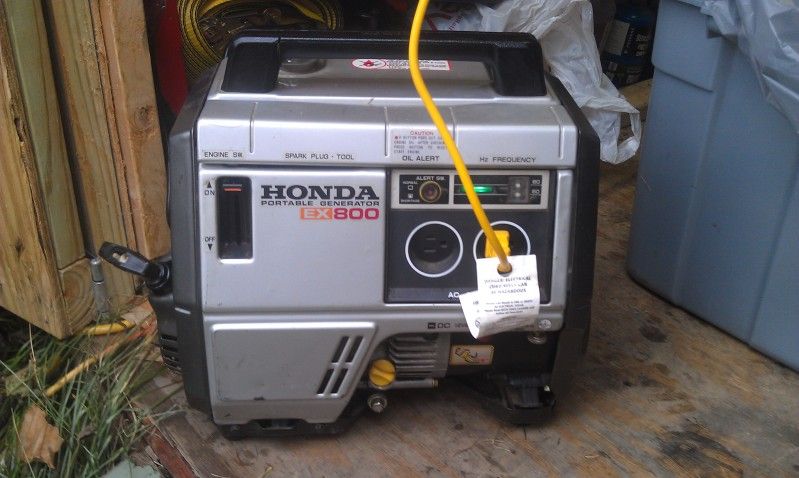So based on that, wouldn't it be better to run a computer and stuff off an invertor connected to the onboard battery? so the battery would be buffering any fluctuations in current between the genset and the equipment?
If it's a PSW (pure sine wave) inverter, then yea, you nailed it.
But if it's an MSW (modified square wave)
[*] inverter, then it depends. Some devices do have problems with MSW.
Here's a quote from a page on the Powerstream web site:
http://www.powerstream.com/inFAQ.htm
Q: How do I know if I need a sine wave, or if I can live with a modified sine wave?
A: The following gadgets work well with a modified sine wave: computers, motor-driven appliances, toasters, coffee makers, most stereos, ink jet printers, refrigerators, TVs, VCRs, many microwave ovens, etc.
Appliances that are known to have problems with the modified sine wave are some digital clocks, some battery chargers, light dimmers, some battery operated gadgets that recharge in an AC recepticle, some chargers for hand tools (Makita is known to have this problem). In the case of hand tools, the problem chargers usually have a warning label stating that dangerous voltages are present at the battery terminals when charging. We would like to add to this FAQ any appliances that you have had trouble with, or had success with, using modified sine wave inverters.
Q: Why do I hear buzzing on my stereo when using a modified sine wave inverter?
A: Some inexpensive stereos use power supplies that cannot eliminate common-mode noise. These would require a sine wave inverter to operate noise-free.
[*](Marketing types have been trying to retrain everybody to believe that MSW stands for their more acceptable sounding hype of modified
sine wave.
The first inverters were just a square wave. Later, they came up with a multi-step square wave, and called it a modified square wave. Which is true. Then, apparently some marketing genius noticed that a modified square wave sort of resembles a sine wave if you squint your eyes hard enough or stand back far enough when you look at the scope, and starting calling MSW modified sine wave. By now of course, most of the MSW inverter manufacturers have jumped on the BS bandwagon because they like that word 'sine' for its marketing value.
But, it's NOT a modified sine wave. If it were a sine wave, it wouldn't NEED to be modified.
Then, of course, they had to compound their BS by adding the word 'pure' to sine wave, to differentiate it from a MSW.
So really, there are three sorts of inverters - square wave, modified square wave, and sine wave. 'Modified Sine' and 'Pure Sine' are just marketroid BS and that actually mean 'Modified Square' and 'Sine'.)



